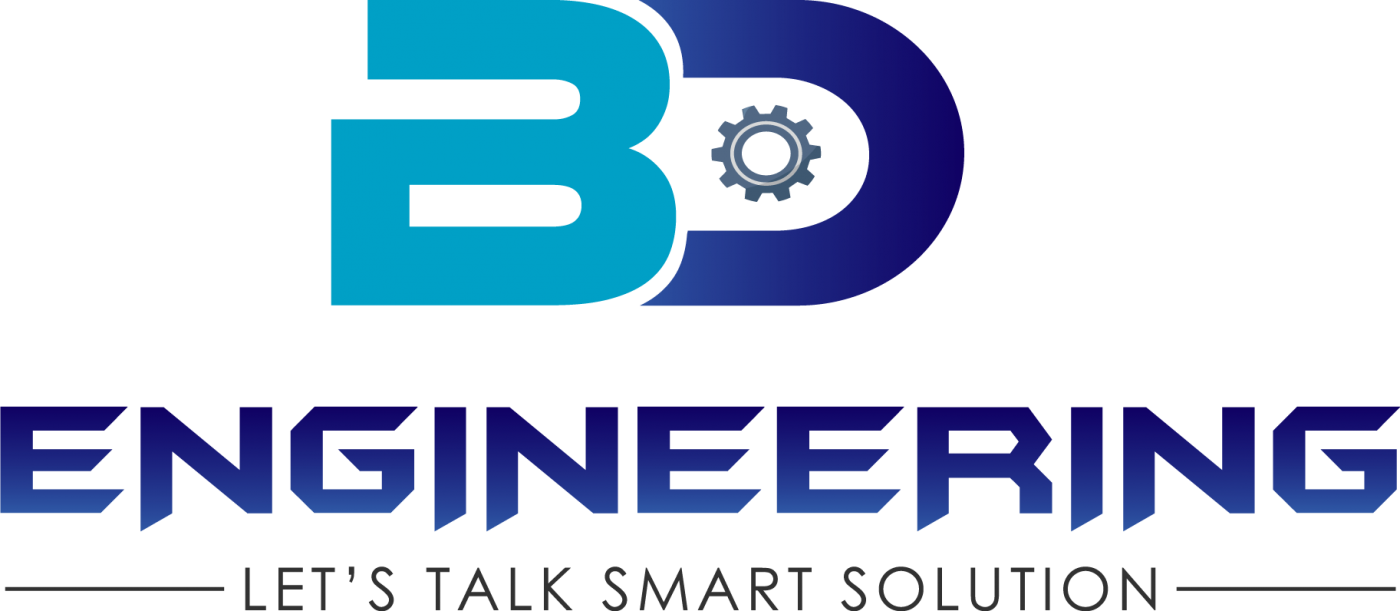Germents Washing Machine Automation
Automation in garment washing machines refers to the use of advanced technologies and control systems to streamline and optimize the washing process in textile and garment industries. It involves the integration of various components, sensors, and software to automate and improve efficiency, accuracy, and consistency in garment washing operations.
Here are some key aspects of automation in garment washing machines:
Programmable Logic Controllers (PLCs): PLCs are used to control and coordinate the washing process. They receive input from sensors, control various actuators, and execute predefined washing programs. PLCs allow for precise control over parameters such as water temperature, water level, agitation speed, and detergent dosing.
Human Machine Interface (HMI): An HMI is used as an interface between operators and the washing machine. It provides a graphical representation of the washing process, allows operators to set parameters and select washing programs, and displays real-time information about the process status and any alarms or faults.
Sensors and Instrumentation: Various sensors are employed to monitor and control critical parameters during the washing process. These can include temperature sensors, water level sensors, pressure sensors, flow sensors, and conductivity sensors. The data collected from these sensors is used to regulate and adjust the washing conditions for optimal results.
Dosing Systems: Automated dosing systems are used to accurately dispense and control the amount of chemicals, detergents, softeners, and other additives added during the washing process. These systems can be integrated with the PLC and controlled based on the specific requirements of each wash program.
Machine Vision Systems: Machine vision technology can be employed to inspect garments before and after washing. Automated vision systems can detect stains, evaluate color consistency, identify fabric defects, and ensure quality control standards are met.
Data Logging and Analysis: Automation systems in garment washing machines often include data logging capabilities. Process parameters, such as temperature, water consumption, chemical usage, and cycle time, can be recorded and analyzed to optimize washing processes, identify trends, and improve efficiency.
The automation of garment washing machines offers several benefits, including increased productivity, consistent and repeatable results, reduced manual labor, improved quality control, and enhanced energy and water efficiency. It helps garment manufacturers achieve higher throughput, better resource utilization, and cost savings while maintaining quality standards and meeting customer requirements.
